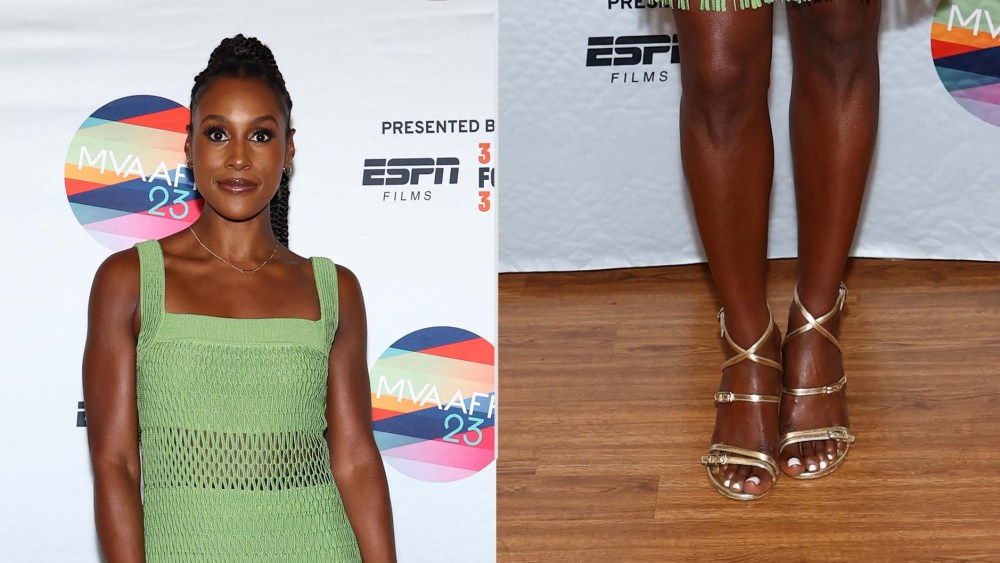It’s a sobering statistic: in 1980, around 70 percent of the clothing worn by Americans was made domestically. Today, that figure is 2 percent.
That was the impetus for Steven Kurutz, a longtime Styles reporter for The New York Times, to write a book chronicling a few of the last remaining companies producing apparel in the U.S. In the prologue of the book, “American Flannel: How a Band of Entrepreneurs Are Bringing the Art and Business of Making Clothes Back Home,” Kurutz said even though he wrote for the Styles section, he only covered the apparel industry “glancingly. My interest was in how stye was created and took shape in little-known, often unglamorous corners of the business.”
After happening upon a vintage Carhartt jacket from 1989 with a “Crafted with Pride in U.S.A.” neck label, he set out on a journey to find companies “either stubborn or crazy enough” to continue to produce in America.
One of those crazies is Bayard Winthrop, the chief executive officer of American Giant, a company founded and committed to an entirely U.S.-based supply chain.
“I met Bayard in 2017 when he was about to embark on a mission to make flannel shirts in America,” Kurutz said. The flannel shirt is an iconic American garment, similar to blue jeans, and is worn by everyone from farmers to stockbrokers. “Making a flannel shirt in America seems like a very basic thing, but he had to resurrect the entire supply chain,” the author said. And it was indicative of just how much U.S. manufacturing has shifted overseas.
Kurutz spent a year trailing Winthrop, who can trace his ancestry to the Puritans, around the U.S. as he sought manufacturers that could produce a flannel shirt in America. Winthrop soon learned that the companies famous for their flannel — L.L. Bean, Woolrich, Pendleton and others — all made their shirts overseas. But he was determined.
“Domestic production is deeply attached to the mission of this company,” Winthrop said.
During their travels, Winthrop said, the two got close and kept pondering the larger question: what happens when a country no longer makes things? They explored that question as Winthrop cobbled together a domestic supply chain for his shirts: Cotswold, Burlington Manufacturing Services, Carolina Cotton Works, Yates Bleachery and Jade Apparel.
The book is structured in such a way that other companies are profiled as well but Kurutz keeps returning to Winthrop and his flannel shirt. The book also takes a closer look at Gina Locklear, a descendant of one of the sock makers of Fort Payne, Ala., who returned to her family’s plant to make organic socks under the name Zkano. “Roughly one of every eight tube socks were made in Fort Payne until the early 2000s,” Kurutz said. “After the financial crisis, most of the mills had closed, but she helped revive the industry and save the family sock mill.”
These and other companies profiled offer a rosier view of the future of American manufacturing. “Once you start shaking the trees, you find more of them,” Kurutz said of the companies who still produce in the U.S.
“The book is a rollicking, fun read,” Winthrop said. “But there’s a deeper thread running through it about what kind of country we want to be 20 or 30 years down the road. It should get us all to ask that question. But I’m very much an optimist and the things that we’ve lost over the last 35 years are now re-emerging in the public consciousness.”
Kurutz added: “The book is not a diatribe or an editorial, but the questions are woven in for the reader to ponder.”



